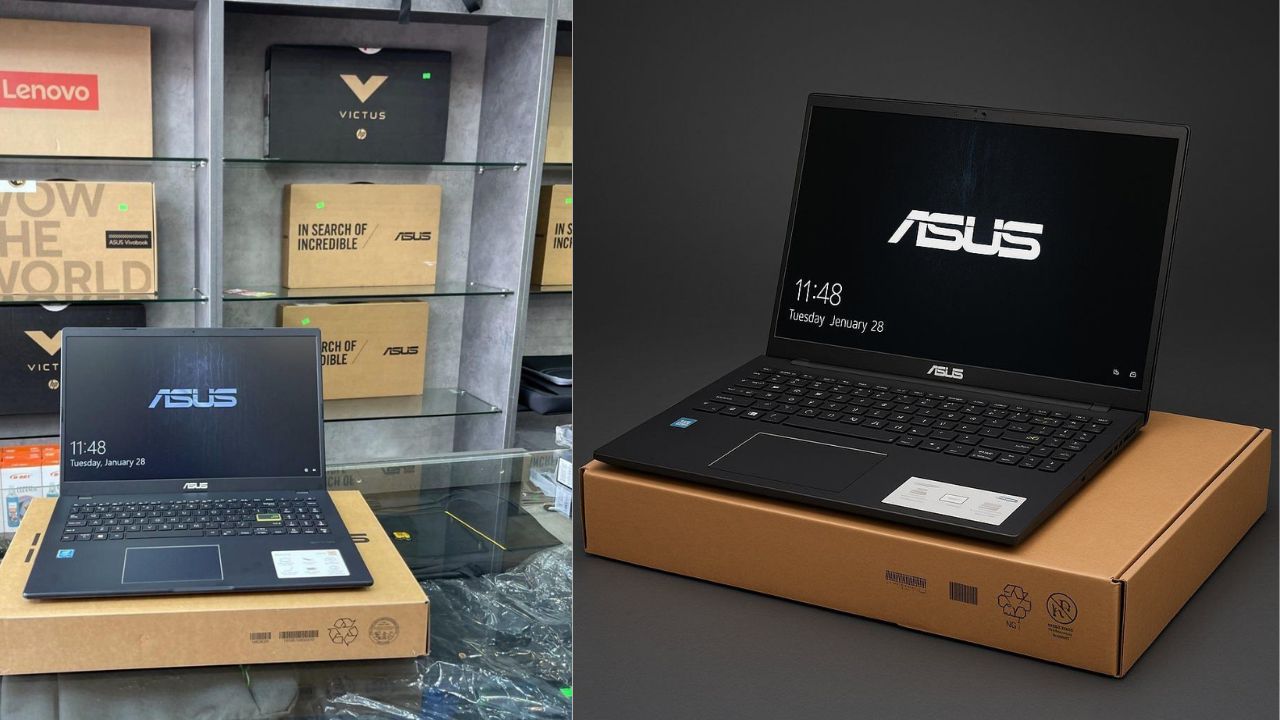Right now, two of the most popular types of screens are LCD and LED. When you’re looking for the right HDTV, that little one-letter difference can actually make all the difference in both picture quality, performance and price.
First, the technical side of things: to truly understand the difference between LCD and LED, one thing is very important: LED (light-emitting diode) TVs are actually a type of LCD (liquid crystal display) television. LCD HDTVs use standard compact fluorescent tubes to illuminate the picture. LED HDTVs, on the other hand, replace those fluorescent tubes with backlighting technology. This technology adjusts the picture beyond the capability of those fluorescent tubes to create much clearer images, and is the main difference between LCD and LED.
What does all of this mean for you? When it comes right down to it, the main difference between LCD and LED is that LED televisions are going to look better than other LCD screens. That’s not to downplay how good an LCD HDTV can look, since the picture quality can be stunning, but there’s no denying that there is, indeed, a difference between them. That said, there are other differences worth taking into account. LED televisions can be considerably thinner than LCDs, even coming as thin as 0.3-inches. This, however, when mixed with the
clearer image, means that buying an LED television is going to cost more than an LCD TV.There are other differences between them, and even differences within them, but hopefully, now that you know the main things that make LCD and LED screens different, you can better decide which type of television is right for you.
There is no such thing as an LED TV, and “LED” doesn’t mean it’s any better than other TVs.
LED is just a type of LCD, with strengths and weaknesses that make it better in some ways, worse in others.Don’t listen to the hype. Ignore the commercials.
Read more about the differences between LCD and LED’s Display multiple links are given below










